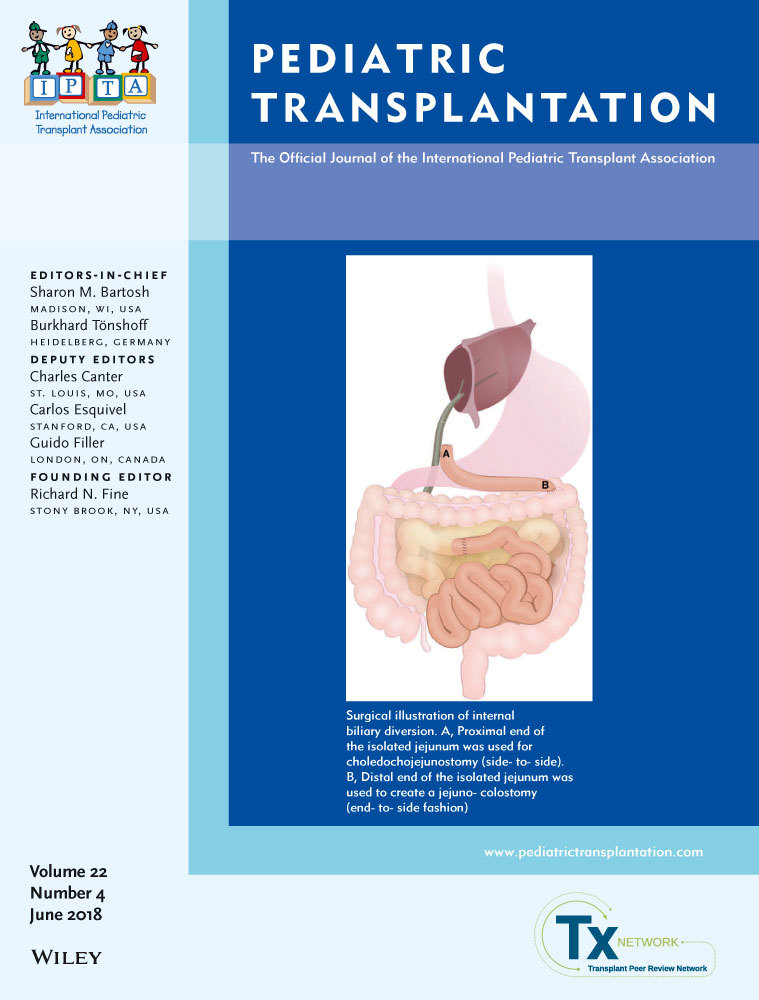Characteristics of deposits and pump exchange in the Berlin Heart EXCOR ventricular assist device: Experience with 67 cases
Abstract
Pump exchanges are frequently required in the Berlin Heart EXCOR VAD. We intended to describe the characteristics of pump deposits in a larger patient series and evaluate if changes in our exchange procedure over time have led to increased complications. We reviewed all EXCOR pump exchanges in our institution from July 2004 to October 2014. We gathered data on size and location of pump deposits and exchange procedures. EXCOR devices were implanted in 38 children. Support was LVAD only in 22, BiVAD in 13, and SVAD in 3 cases. Sixty-seven pumps were exchanged. The incidence of pump exchanges per month was higher for smaller pumps and for RVADs vs LVADs. Indications were visible pump deposit in 55, stroke without visible deposit in 5, incorporation of membrane oxygenator in 3, pump size change in 2, and sepsis in 1 case, respectively. Deposits were located in the outflow valve in 73%, inflow valve in 22%, pump body in 3%, and outflow cannula in 3%. EXCOR pumps are predominantly exchanged for deposits, which are most frequently located in the outflow valves. The procedure is now carried out without sedation at the bedside. No major complications were observed during exchanges.




